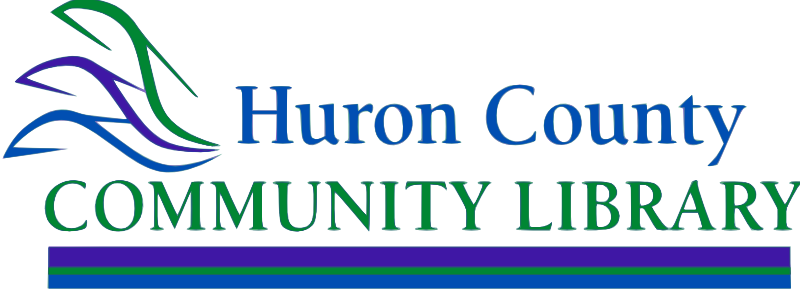1. How can you help children and teens make the best use of the library?
- Encourage your children to think about the library as a place to get answers to questions, as well as to find interesting things to read for fun. By asking questions and learning to find their own answers, young people learn to think for themselves and analyze what they see and hear.
- Talk to your librarians. Your librarian will ask you and your child questions, then make suggestions based on your child’s age, maturity level, knowledge and interest. When you can’t go along, ask your children to talk with you about what they found at the library.
- Children are generally not attracted to materials that are too advanced for their reading or maturity levels. If you feel an item is too advanced or not appropriate for your child, use this as an opportunity to express your views and provide guidance. Discuss your family expectations regarding library use with your children.
- Sometimes young people seek information from libraries when they are embarrassed or uncomfortable about asking an adult. Factual information from the library can ease their fears and even keep them safe from harm. Remember that when a child is reading or viewing something, it doesn’t mean they are participating in or approve of it. Children and teens are sometimes more comfortable learning about a topic from someone else’s experience in a book or movie. If you have a concern, take the opportunity to discuss it.
- Be a role model for library use. Nothing teaches children better than seeing you use and enjoy the wide range of materials available, and talking about how make your own choices.
2. Why can’t adults tell the librarian what materials youth shouldn’t have access to?
Like adults, children and teens have the right to find the information they choose. Libraries have a responsibility to provide information for a wide variety of users. If you are a parent or guardian, you have the right and responsibility to make decisions about what materials are suitable for your own family. No one has the right to make rules restricting what other people use, or to make decisions for other families.
3. How are libraries different from movie theaters or bookstores, which often have restrictions for children and teens?
You have probably used movie guidelines such as G, PG and PG-13. These standards are developed by the Motion Picture Association of America (MPAA), a private institution. Other organizations also provide movie guidelines. You may be aware of recommendations from parenting resources or from your pediatrician. Librarians can help you find movies that fit your family. We may use information from a variety of sources, including MPAA, but we will find other information for you as needed. As public institutions, libraries cannot discriminate based on origin, age, background or views. Retail stores and theaters are businesses that may be required to — or can choose to — apply restrictions.
4. How do librarians select their collections?
Each library develops its own policies or criteria for collection development. Policies are approved by the library or school governing board, which is made up of community representatives. The majority of books and other materials selected have been reviewed in professional magazines or journals. Purchases are also sometimes made based on requests by library users. In schools, librarians work closely with teachers and school administrators to provide collections that support and supplement the school’s curriculum.
To serve entire communities, librarians seek materials on a broad range of subject matter that reflect diverse experiences. Librarians don’t select materials based on their personal beliefs. They select materials in keeping with their libraries’ policies and the Library Bill of Rights.
The Library Bill of Rights was adopted by the American Library Association in 1939 in response to the censorship taking place during World War II. This set of six articles defines the core values of librarianship.
5. How do librarians decide where the materials should be shelved?
Librarians divide the collection into sections, so that patrons can find what they need more easily. Nonfiction, reference, fiction, YA/teens, children, graphic novels, and movies are sections found in most public libraries. Some fiction books could fit in two categories (for example: a book for “tweens,” i.e., older children or young teenagers). Librarians are familiar with their library’s collection development policies, which, among other things, outline the needs and interests of the community, and give a framework for each section of the collection. Librarians usually rely on their own professional assessment of the book, along with professional reviews and a good knowledge of the community.
6. What about the internet?
The internet, a global, decentralized network of computers, provides a means to access information far beyond the library's own collections. The internet is also a new opportunity for children to expand their minds and experiences, and to develop skills necessary for the future. The quality of a child's experience directly relates to a parent's investment in that experience. If you take the time, you can make your child's internet activities positive, productive and educational.
No individual, company or government agency controls or monitors the internet in the U.S. While much of the information accessed can be valuable and enlightening, the user may also find materials that are unreliable, personally offensive or illegal under U.S. law. Therefore, parents are advised to supervise their children's internet sessions at the library. By taking responsibility for their children's online computer use, whether at the library or at home, parents can minimize any potential risks associated with online computer use.
